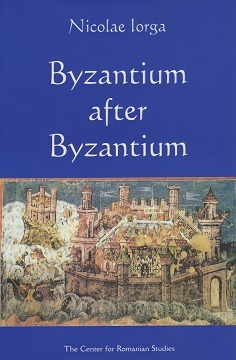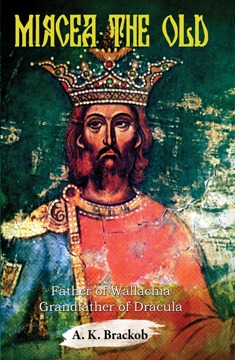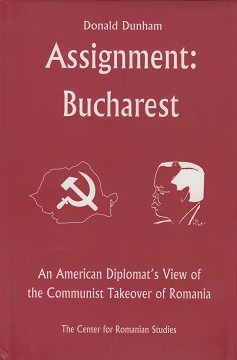Description
Nicolae Iorga
Preface by Academician Virgil Cândea
Although Constantinople fell to the Turks in 1453, bringing an end to the Eastern Roman Empire which had survived its predecessor in the West by nearly one thousand years, this important book argues that Byzantium did not die, but continued to influence European history all the way up to the beginning of the nineteenth century.
Originally published in French in 1935, the author’s formula “Byzantium after Byzantium” defines several centuries of world history. Iorga points out the great contributions of Byzantine civilization to the Western world, especially during the Renaissance. He demonstrates that Byzantium survived through its people and local autonomies, as well as through its exiles — clerics, scholars, merchants, and political officials. One of the most important expressions of this was found in the Romanian principalities where Greeks from the Phanar district of Istanbul played a major role in Romanian political life, defining an entire period of Romanian history — the Phanariot Period. They continued the Byzantine ideas, aspirations, education, and way of life. All of this allows us to speak of a Byzantium after Byzantium.
The author, Nicolae Iorga (1871-1940), was one of Romania’s greatest historians. He studied at the universities of Iași, Paris, Berlin, and Leipzig where he completed his doctorate in 1893. He went on the become professor of history at the University of Bucharest, achieving international renown as a historian. During his long and distinguished academic career, Iorga authored more than 1,000 books and 12,000 articles. The book is enriched with a preface by one of Romania’s leading historians of Southeastern Europe, Academician Virgil Cândea.
Imprint: Center for Romanian Studies
256 pp., 6 x 9 in. (229 x 152 mm), Illustrated, Index
Hardcover
Date of Publication: 2000
ISBN 978-973-9432-09-2
US$59.99; UK£49.99






Reviews
There are no reviews yet.